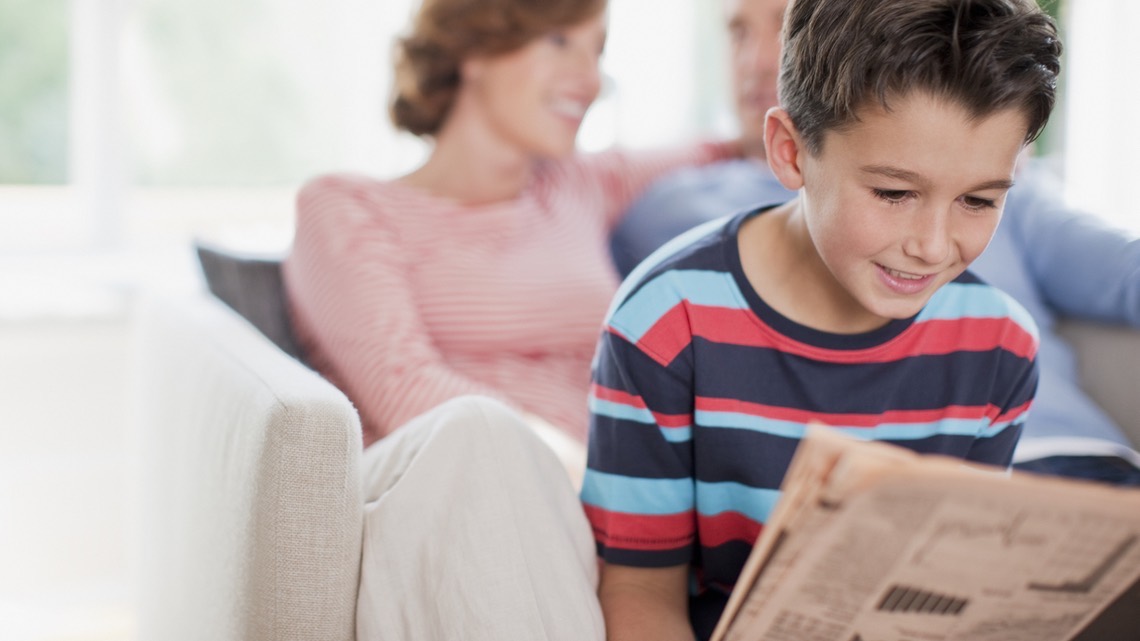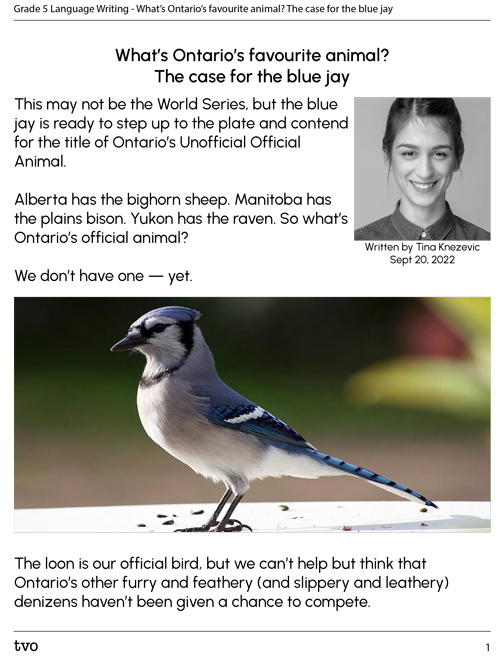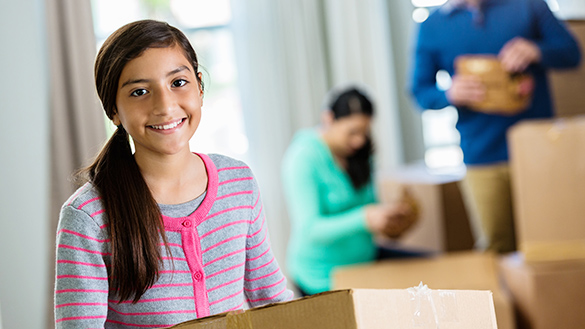Minds On
Ways to express yourself: just the facts
Newspapers carry the news of the world. They provide information and general knowledge about a country’s sports, games, entertainment, economics, and more. There are national newspapers and local newspapers, newspapers written by professional journalists, and newspapers created by students.

Have you ever explored a newspaper? Which newspaper was it? What are some of the things that make a newspaper different from other kinds of writing?
There are many parts to a newspaper, including news stories. To help you identify the different parts of a newspaper, let’s go on a scavenger hunt.
Explore a newspaper, either online or in print, and respond to the following questions. Record your responses using a method of your choice.
Newspaper scavenger hunt
- What is the full name of the newspaper?
- What is the biggest headline on the first page or front of the newspaper?
- What is a headline from the sports section of the newspaper?
- What is the name of a puzzle that appears in the newspaper?
- What is the name of a product that is being advertised in the newspaper?
- What is the name of a reporter who wrote a news story on the first page?
- What is the name of an editor from the newspaper?
- Find an article about a “happy” story. What is the title of the article?
- Describe a picture that is included with a news story.
- What is the phone number you would use to place an ad in the newspaper?
What do you notice about the parts of a newspaper? Do you notice any similarities between your answers?
Action
Just facts
There are many kinds of newspapers. But one thing they all have in common is that the stories within them are based on true facts.
Reporters and journalists record these facts into news stories, or news articles. The facts in a news article are often collected using the five Ws – who, what, where, when, why – and how. That means that a news article will describe who was involved, what happened, where it happened, when it happened, why it happened, and how it happened.
The order of information in a news article
Once a journalist has collected all their information, they must decide how to organize it. Journalists will often place the most important information at the beginning of the story to catch their audience’s attention. Then they will provide more details with supporting information. Last, they will add other information that is interesting, but not very important, at the end.

The parts of a news article
Once a journalist has organized their information, they’re ready to design their article! Let’s examine the different parts of a news article more closely.
You may wish to keep a copy of the Parts of a News Article for reference.
| Parts of News Article | Function |
|---|---|
|
Headline/Title |
The headline or title must catch the audience’s attention. It must be catchy, thought provoking and create curiosity. |
|
Body of Article |
The body of the article contains the facts. The most important information is presented first with successive paragraphs containing less important information. The information presented will answer the 5Ws – Who, What, Where, When, Why – and How |
|
Photo |
The accompanying photo not only attracts the audience’s attention but adds to the story by showing important information such as a picture of where the story took place, or who the story is about. |
|
Author |
The author’s name needs to accompany the news story. |
|
Caption |
Sometimes the photo has a sentence underneath the picture describing what the picture is about. |
|
Quotation |
Sometimes a direct quote from the main subject of the news story is given. This lends credibility to the story. |
Press the ‘Activity’ button to access Parts of News Article.
Task
Now that you know more about how a news article is written, explore this excerpt from "What’s Ontario’s favourite animal? The case for the blue jay” to try finding these parts in a real news story.

Press the Activity button to access "What’s Ontario’s favourite animal? The case for the blue jay.”.
Activity (Open PDF in a new tab)Complete the Newspaper Checklist in your notebook or use the following fillable and printable document to help you document your thoughts.
Newspaper Checklist
| Parts of News Article | Did you find it? Describe it. |
|---|---|
Press the ‘Activity’ button to access Newspaper Checklist.
Now, concentrate on the body of the news article. Re-examine the article and identify each of the 5Ws – who, what, where, when, why – and how. current text: Summarize each of the facts that you noticed in the article. You can use the 5Ws and 1H Checklist to organize your information, or another method of your choice.
The 5Ws and 1H Checklist
| The 5Ws and How | The Facts |
|---|---|
Press the ‘Activity’ button to access 5Ws and 1H Checklist.
Brainstorm
Discussion
Now think about how the information has been organized. Did the author start with the most important information? Did they support the main idea with information and quotes? Did the article end with information that was interesting but less information? Discuss your thinking.
If possible, once you’re finished, compare your answers with a partner or another group’s. Were you all able to locate the parts of the article? Could you all find the five Ws and How? Could you all identify the order of information? Which tasks were easier than others, and why?
Consolidation
Your own news story
Now that you know the parts of a news article, it’s your turn to create one.

Think about some news you have in your own life. Perhaps there is a new baby in your family or someone you know moved to a new neighbourhood. Record the facts according to the 5Ws and how using a graphic organizer, mind map, or audio recording.
Then organize your information, keeping in mind that the most important information should come first in your article.
Create your news story on paper, a computer, or an audio recording. Include as many parts of a news article as you can. You may need to ask someone who was involved for a quote. You may also photograph or draw a picture for your article.
After you have written your news story, it’s important to edit your work for grammar, spelling and design. Use the following checklist to check your work.
Final Editing Checklist
| Punctuation | Sentence Structure / Grammar | Design |
|---|---|---|
|
|
|
|
|
|
|
|
|
Press the ‘Activity’ button to access Final Editing Checklist.
Reflection
As you read through these descriptions, which sentence best describes how you are feeling about your understanding of this learning activity? Press the button that is beside this sentence.
I feel...
Now, record your ideas using a voice recorder, speech-to-text, or writing tool.